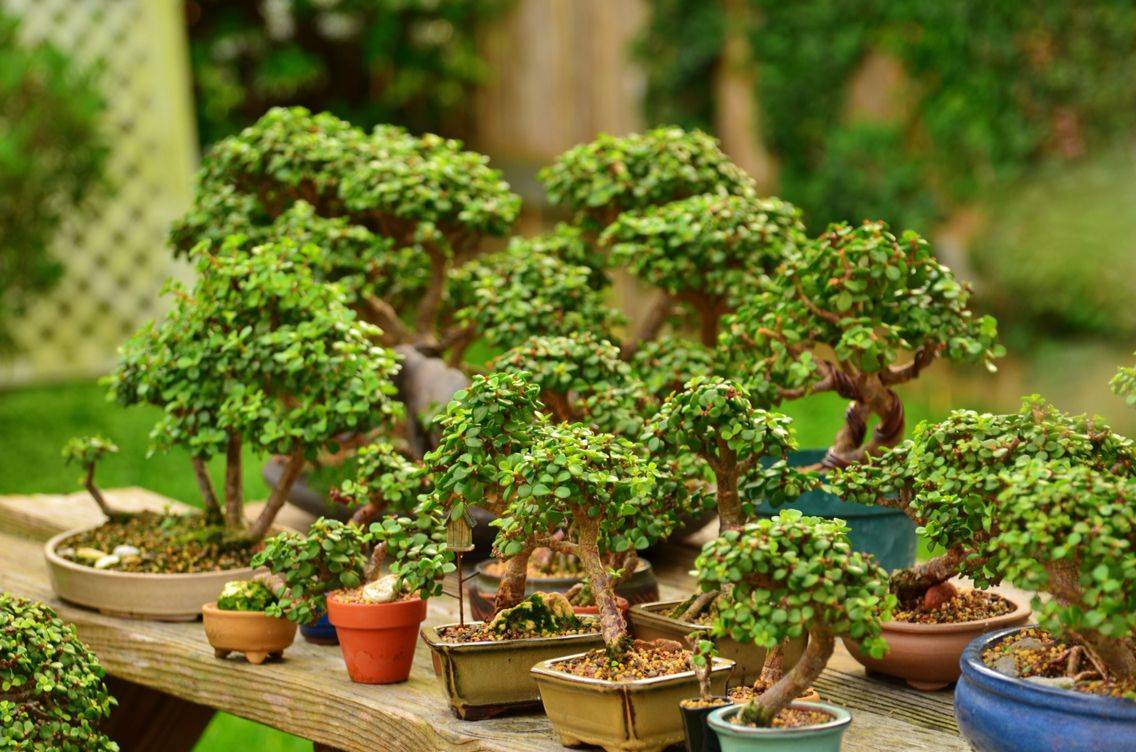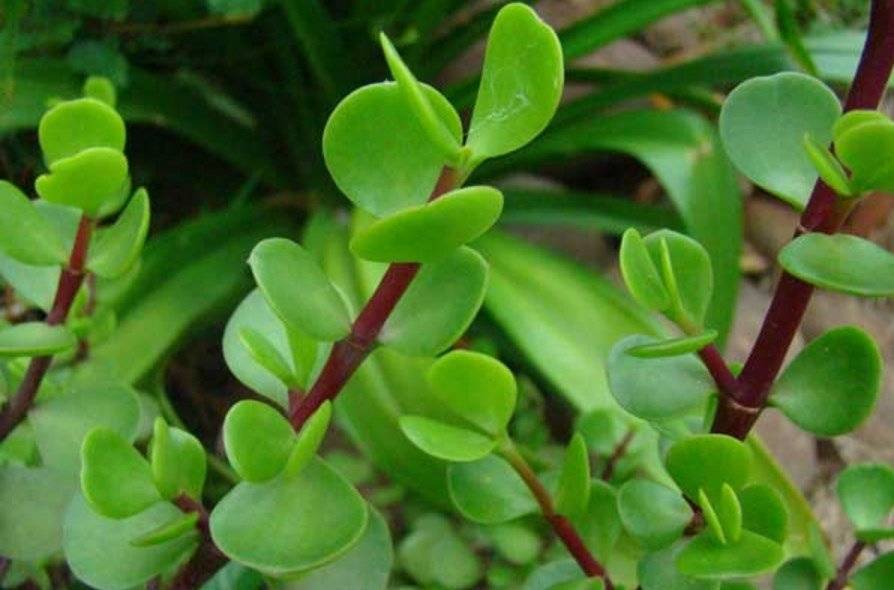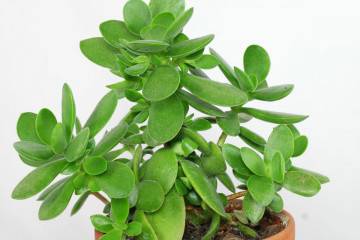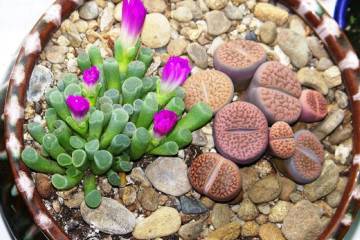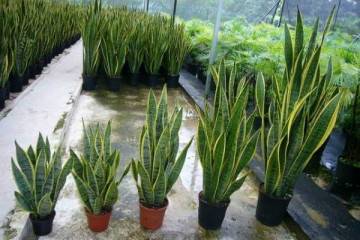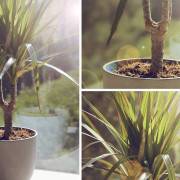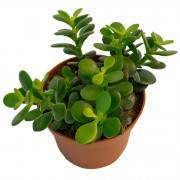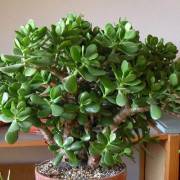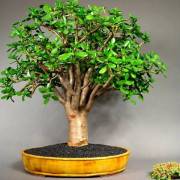Portulacaria afra - home care
Content:
Portulacaria afra is a perennial that delights with its greenery all year round, with beautiful fleshy leaves, similar to a bush. The crown is easily formed, therefore it is often used to create bonsai, which is a rarity for succulent plants.
What does a flower look like and which family it belongs to
African purslane belongs to the family Purslane, genus Purslane species Afra. The powerful root is able to supply the plant with nutrients and moisture, even in drought. The aerial part is tree-like branched stems covered with bark. Only the bark that appears is light green or gray over time, darkens.
Foliage grows on young shoots. Leaves are round or oblong without petiole, 2-3 cm long and 1-2 cm wide, they are thickened like crassula. The dense structure and smooth surface of the bark, as well as the waxy skin of the leaves, preserve from moisture loss.
Botanists have developed the following Portulacaria Afra variegated varieties:
- Portulacaria Afra Variegata with elongated green leaves with a silvery frame. Grows up to 1 m in height;
- portulacaria afra variegata tricolor. The color of its leaves is additionally pink. The middle of the leaf is white, and the edges are green, in contrast to the middle, dark, the stems and edges of the leaves are bright pink.
Portulacaria: home care
To keep the purslane at home, the following requirements must be met:
- temperature. Summer tolerates well, is not afraid of the heat, but constantly fresh air is needed. In winter, the temperature should be at least 4 ° C. The plant feels uncomfortable, leaves may fall when the temperature drops below 10 ° C;
- lighting. Sunlight is required at least 2 hours a day;
- watering. In spring and summer, the plant is watered once every 2 weeks, in hot weather - every week, in autumn and winter - monthly, but the soil should not dry out;
- spraying. Periodically, the bush is sprayed with warm water to wash off the dust;
- humidity. The air is not artificially humidified;
- priming. A soilless substrate is needed, to which a third of coarse sand is added, as well as a clay fertile mixture for indoor plants.
Pruning
Young plants grow a crown very quickly, so its formation is a necessity. Most often they use portulacaria for bonsai, less often as an ampelous plant.
The branches are pruned after the formation of the fourth node. Carefully remove what is located above. Damaged and dried branches, very large leaves are removed.
Reproduction methods
Portulacaria variegated reproduces in two ways:
- vegetative;
- seminal.
Seed propagation makes it possible to get many plants at once. They are sown in a mixture of peat and sand, covered with foil. The greenhouse is periodically ventilated, the soil is kept moist.The first shoots are observed after 2-3 weeks, after 1 month the film is removed.
Cuttings are cut 12-15 cm long from thick stems so that each has 4 leaves. Cut with a sharp blade at an angle to the stem. The cut is sprinkled with crushed charcoal. After that, the prepared cuttings are kept in the open air for 7-14 days, then they are planted in a moistened sand-peat mixture. Plants take root for about a month, while they require bright lighting and a temperature of about 25 ° C. 2 months after planting in the soil, they are transferred to a permanent place.
Transfer
The plant is rarely transplanted, since its roots take a long time to grow. Planting immediately in a large pot is undesirable due to the risk of rot. Drainage is laid at the bottom of the new pot, then a soil mixture containing the following components:
- sand;
- garden soil;
- humus;
- charcoal.
Possible growing problems
Portulacaria is the owner of strong immunity, but sometimes difficulties arise due to mistakes in care:
- the plant sheds leaves due to insufficient lighting. First, their color brightens, then they turn yellow;
- an excess of nitrogenous fertilizers causes the stems to be pulled out;
- violation of the watering regime leads to the development of rot, while the leaves become drooping, the bottom of the stem is black;
- in the open field, the plant can be affected by mealybugs, spider mites, and scale insects. They are disposed of by spraying with insecticides.
Portulacaria afra is an unpretentious shrub plant with a beautiful crown, resistant to heat, and easy to care for. Florists are attracted by the endurance, elegance and unusualness of the leaves. But there are still some nuances in caring for her that you should know before buying a flower.
